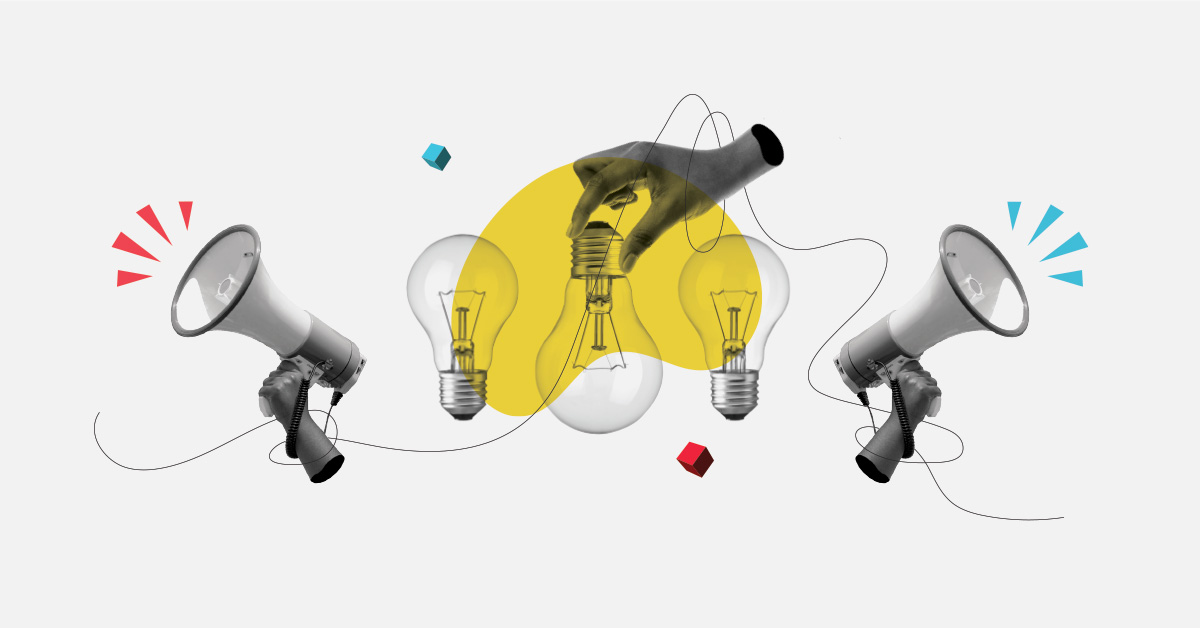Two researchers at Collège Montmorency, in Laval, are introducing a new approach to helping students with attention deficit hyperactivity disorder (ADHD) — training them to reach deep inside to modulate their brain waves to control attention.
Andrea Szabo and Hélène Brisebois were both practicing psychologists before they became professors of psychology at Collège Montmorency, and both were struck by how many students with ADHD were struggling to succeed at the college. Now, having received a grant from the Social Sciences and Humanities Research Council, a part of its Community and College Social Innovation Fund, they are developing a neurofeedback lab on campus.
There have been services available for students with ADHD for some time, Szabo said in an interview. They may be allowed extra time to write exams, or taught strategies for learning with ADHD. But generally, colleges offer fewer services than high school, while the work and the environment are both more demanding.
“You can’t just keep teaching kids strategies. They know the strategies,” said Szabo. She said as neuropsychologists, they were interested in using brain-focused techniques to help people manage anxiety and depression; neurofeedback is one of them. The two wondered it if it might help students with ADHD.
In neurofeedback, participants are taught how to control their brain waves. ADHD produces a certain pattern of brain waves (which can be sensed only through an electroencephalogram). By connecting sensors to the scalp, machinery can pick up brain wave patterns and display the data on a computer screen.
With training, where participants are given positive reinforcement when they learn to adjust their brain waves from the slow patterns typical of ADHD into more active waves that signal attention and focus. With practice, they can do it without the machine.
Szabo and Brisebois decided to set up a neurofeedback lab on campus in rooms donated by the college. The specialized equipment was lent by Thought Technology, and partnership with the micro-encephalography lab of the Institut de neurologie de Montréal allows sophisticated neuroimaging of the effect of the training on the brain structure.
Beyond expanding knowledge on ADHD neurophysiology and increasing the possibility of managing its symptoms with neurofeedback, this project could lead, long-term, to the technique being introduced into other educational settings to help more students with ADHD — many of whom could not otherwise afford this treatment — get a better chance to succeed in school.
The project will generate considerable data on ADHD for study, but Szabo and Brisebois are driven by their desire to help students affected by it. “That is really our idea, to try to implement this in other cégeps, and then from there to the secondary school level,” she said. “That way, when kids go to cégep, when they arrive they will be more confident already.”


